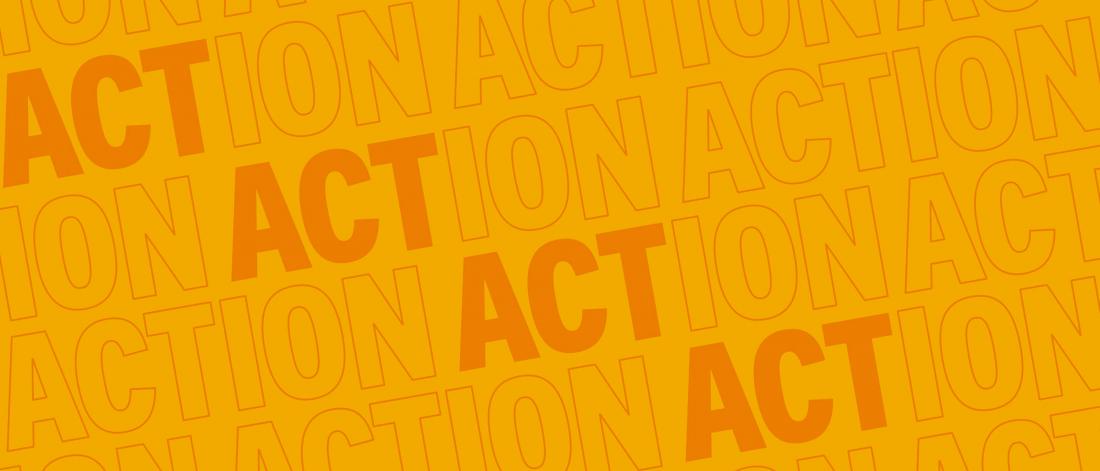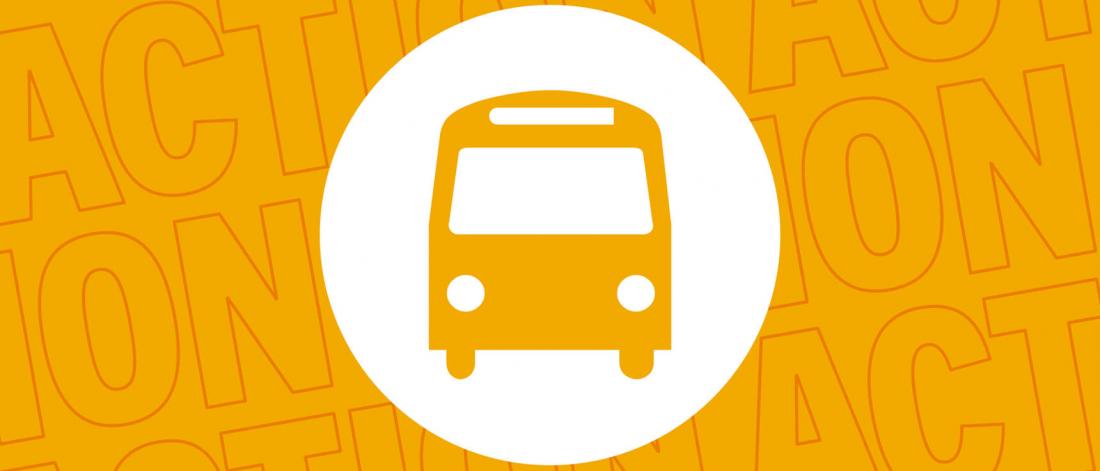Transportation
Find out how we’re tackling emissions produced by transportation at UM.

Climate Action Plan
Greenhouse gas emissions from transportation are the second largest category to address at UM. This includes emissions from burning fossil fuels in order to get to and from work and school, run our UM fleet vehicles, and travel for business and research purposes.
With most of these emissions coming from how we commute, we are moving forward with implementing the UM Climate Action Plan in supporting our campus community to commute using sustainable methods of transportation, as well as electrifying our UM fleet vehicles and identifying opportunities to reduce business and research travel.
ACT
UM’s Climate Action Plan embraces the community’s willingness and desire to work together to see change. To achieve the action goals, everyone has a role to play. Here are some ways you can help us meet our climate action goals for transportation.
Baseline
-
2019
In 2019, transportation was our second highest category of GHG emissions. It is comprised of emissions from commuting, business travel, and our UM fleet vehicles.

Highlights
Since 2016, UM has conducted biennial campus commute surveys to measure progress towards our transportation goals. Between 2016 and 2020, per-person commuting emissions decreased by 9%.
Big moves Pathway actions for transportation
A transportation plan will be developed to lay out the pathway we need to take for transportation in each of these categories: shifting commute modes; decarbonizing the UM vehicle fleet; reducing business travel; and electrifying commutes.
Shift commute modes
There are many barriers for choosing sustainable commute modes to arriving on campus, and work in this area will find ways to address these barriers.
What we're doing:
- Continue biennial, campus-wide transportation survey to monitor commute modes and identify barriers to shifting commute modes to sustainable options
- Expand secure bike parking options with two new bike cages at ALC and Bannatyne and adding shared bike lockers on the Fort Garry Campus
Decarbonize UM vehicle fleet
In 2019, there were over 250 university-owned vehicles and equipment that used fuel. An important step is to create a more robust structure for tracing these vehicles to plan how best to transition to EVs where it makes sense and working to select vehicles that are most appropriate for particular tasks.
What we're doing:
- Collect better data on how and when we use fleet vehicles
- Match our fleet of vehicles to our fleet needs
- Continue the transition to electric vehicles with two more added to the fleet
Reduce business and research travel
To reach our goals, we need to better understand opportunities to reduce UM travel for business and research purposes or offsetting travel when reducing isn’t possible.
What we're doing:
- Identify opportunities for supporting a reduction in business travel emissions, including through biennial, campus-wide transportation survey
- Support work from home where possible, including the Flexible Work Program
Electrify commute vehicles
There will always be a need for some of our community to drive to campus and to help meet our climate targets, we will support the switch to electric vehicles (EV).
What we're doing:
- Adding EV charging infrastructure to support faculty, staff and students including four units installed at Bannatyne campus in 2023
Working Group
Working groups are being established for each of the four action pillars to develop and implement the plans to reach net zero by 2050.
All working groups include UM staff who work in related areas who will bring their expertise to the table and provide direction on how to implement solutions.
The Transportation Working Group is being established.
You may also be interested in:
Contact us
Climate Action Plan
Office of Sustainability
152 Physical Plant Building
89 Freedman Crescent
University of Manitoba (Fort Garry campus)
Winnipeg MB R3T 2N2





